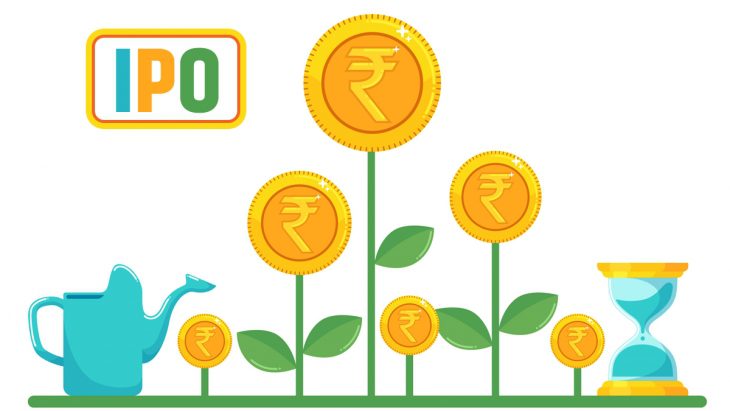The news has come about the IPO of LIC-Life Insurance Corporation of India. There has been a great deal of interest among Book Running Lead Managers (BRLMs) for LIC IPO. 16 major organizations of the nation have applied for this. Then again, the public authority has made another arrangement to build retail cooperation (little financial backers) in IPO. As per media reports, the strategy will run a unique mission for the purchasers.
What is the public authority’s readiness?
As indicated by the news distributed in Business Standard, the public authority has made another arrangement in regards to LIC’s IPO. A unique mission will be run for this. So that, approach purchasers can get data about it. Simultaneously, there is an arrangement to open increasingly more Demat accounts through IDBI Bank. For this, the mission will begin soon. Through this, the public authority is intending to raise Rs 1 lakh crore. The justification for this is accepted to be that the market isn’t in a situation to deal with a particularly immense issue. Assuming this arrangement is executed, this will be the first run-through in the country that an issue will come in two portions.
According to the Book Running Lead Managers (BRLMs) for LIC IPO, advertisers can’t decrease their stake to under 20% inside a year and a half of the IPO. Additionally, advertisers of an enormous organization with a market cap of Rs 1 lakh crore can decrease their stake by 10% in two years. In the rainstorm meeting of Parliament, the public authority has said that LIC can set a different share for clients in its IPO. 10% of the issue size can be held for policyholders.
LIC’s IPO can stop before the finish of the current monetary year 2021-22 for example by 31 March 2022. Likewise, Deloitte and SBI Caps have been named as pre-IPO exchange consultants.
Changed Rules
To facilitate the way for LIC’s IPO, SEBI has changed a portion of the IPO rules as of late. SEBI said in February that if the market cap of an organization arrives at Rs 1 lakh crore after the IPO, it can arrive at the degree of 10% public shareholding in 2 years and 25 percent in 5 years.
Image Credit: India Tv News


